Rebuilding Connection in a Disconnected Workplace
Many workplaces today look connected on the surface — messages pinging, meetings booked, Teams calls running back-to-back.
But beneath the noise, something’s missing: real connection.
People are showing up, logging in, and delivering.
But they’re not always feeling part of something.
It’s a quiet kind of disconnection — one that creeps in slowly until collaboration feels forced, conversations feel rushed, and the workplace energy that once flowed… starts to fade.
The Hidden Cost of Disconnection
Disconnection doesn’t always look dramatic.
Sometimes it’s just the lack of spark — fewer ideas shared, less laughter in meetings, shorter chats before logging off.
But over time, that gap adds up.
Engagement drops.
Motivation fades.
And the culture — the heart of the team — starts to thin out.
When people don’t feel connected to their leaders or each other, they don’t feel safe to speak up, share challenges, or ask for help.
That’s not just a morale issue — it’s a performance one.
Why Connection Matters More Than Ever
In high-pressure environments, connection is what keeps teams grounded.
It builds psychological safety — the sense that you can be open, honest, and human at work.
When leaders make time to check in (not just check up), it signals that people matter beyond their output.
It’s what transforms workplaces from task-driven to trust-driven.
And that’s where the real performance gains come from.
How Leaders Can Rebuild Connection
You don’t need a massive engagement campaign to rebuild connection — just a few consistent, human habits:
Start with presence. Be where you are. Give your full attention in conversations — no multitasking.
Ask real questions. “How are you really going?” goes a lot further than “How’s your workload?”
Create space for honesty. Let your team know it’s okay to talk about stress, burnout, or uncertainty.
Lead with vulnerability. When leaders share their own challenges, it invites others to do the same.
And if you’re not sure how to start those deeper conversations, Mental Health First Aid (MHFA) and Responding to Mental Health (RFA) training can help leaders do it with confidence and care.
Connection Isn’t a Perk, It’s a Practice
Rebuilding connection isn’t about grand gestures.
It’s about showing up, consistently, as a human first and a leader second.
Because when people feel connected, they don’t just collaborate better — they care more deeply about the work, each other, and the shared success of the team.
Workplaces thrive when people feel seen, heard, and supported.
If disconnection has crept in, it’s not too late to rebuild — it starts with one genuine conversation at a time.
When connection returns, so does trust, creativity, and the spark that makes work feel meaningful again.


